SOLUTIONS FOR YOUR HOME
Heat pumps vary by the type of the heat source (air, ground, water) and by the type of the heat "sink" or medium through which this energy is transferred to the heated/cooled space.
Based on this, the heat pumps are categorized as follows:
Air-to-Air; Air-to-Water; Water-to-Water; Ground-to-Water; Hybrid Heat Pumps.
Each type of the heat pump has specific advantages and is tailored to different conditions and user’s needs. Choosing the right system depends on factors such as location, user requirements, budget, energy efficiency, and the required heating or cooling capacity.

Air-to-air systems use outside air as a heat source for heating or cooling indoor spaces.
Split systems (air conditioners) are used in residential buildings and consist of one outdoor unit and one indoor unit placed relatively close together.
Multi-split systems are primarily used in residential buildings and consist of one outdoor unit and multiple indoor units (up to 6), allowing simultaneous heating or cooling of rooms at different temperatures.
VRV/VRF systems are often used in commercial buildings. They consist of one outdoor unit and multiple indoor units, enabling simultaneous heating/cooling of rooms at different temperatures.
Read more

Low-temperature heat pumps (for newly constructed buildings). This system uses air as the heat source and water for heat transfer for heating/cooling purposes or for heating domestic hot water.
a) Monoblock construction (all necessary components are housed within a single unit installed outside or inside the building).
b) Split construction (separate outdoor and indoor units of the heat pump).
High-temperature heat pumps (for renovating heating systems)
a) Monoblock construction
b) Split construction (separate outdoor and indoor units of the heat pump)
Read more
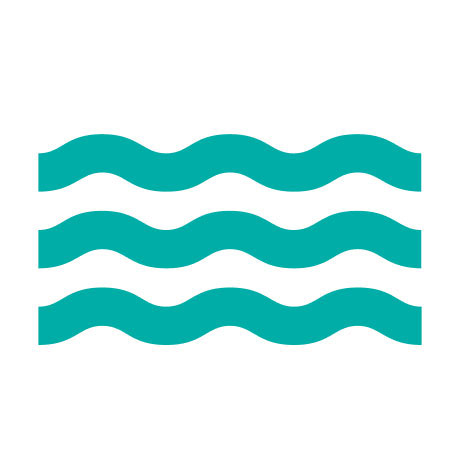
When using water as an energy source for heat pumps, this typically involves utilizing the thermal energy from surface or underground water sources. The main advantage of water as a heat source lies in its relatively constant temperature throughout the year. The process involves pumping water from a source such as a well, surface water, or waterway, and returning it through another source to maintain balance in the ecosystem.
During this process, there are no changes to the physical, chemical, and bacteriological characteristics of groundwater, meaning it is not harmful to the environment and ecosystem. The annual heat pump balance with groundwater is neutral (it takes as much in winter as it returns in summer).
Read more

Heat pumps that utilize energy from the ground typically obtain it through heat exchangers (pipes) buried underground, often in the form of geothermal probes or surface geothermal collectors. The energy extracted is transferred via a mixture of water and glycol (antifreeze) from these heat exchangers, through the heat pump, and into the building where it is used for heating, cooling, or producing domestic hot water.
This heating principle is entirely environmentally friendly because it does not generate energy; instead, it transfers existing energy from one environment to the building.
Read more
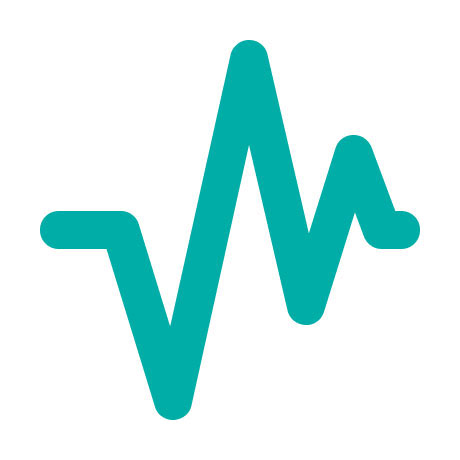
Hybrid heat pumps combine different technologies to efficiently harness energy from multiple sources. They typically integrate two or more types of heat pumps, or the heat pumps with other heating or cooling systems such as conventional gas boilers or electric heaters.
This combination allows for optimal utilization of various energy sources based on external conditions and user’s needs, resulting in higher efficiency in heating and cooling systems. For example, a hybrid heat pump may use an air-to-water heat pump as the primary heat source and then switch to a gas boiler or electric heater when external temperatures are too low for the heat pump to operate efficiently.
Read more

Gas boilers are devices that use natural gas or liquefied petroleum gas (LPG) as fuel to heat water. They are a crucial part of heating systems that use water as a medium to transfer heat for space heating or heating domestic hot water.
Gas boilers operate by burning gas within a closed space, transferring thermal energy to water, which is then distributed through radiators, underfloor heating, or other heat distribution systems in the space. These boilers are popular for their efficiency, reliability, and relatively lower fuel costs compared to some other heating systems.
Read more
HEAT PUMPS - WHERE ARE THEY USED?
Heat pumps have a wide range of applications. Practically, they can be used in all buildings where there is a need to maintain water temperatures in the heating/cooling system ranging from 5 to 75 degrees Celsius. These can include buildings of all types and sizes, from private homes to residential buildings, industrial facilities, and sports complexes.
Heat pumps are known for their reliability and durability. There are many reasons for their widespread use, with the main ones being their high efficiency, environmental friendliness (using energy from renewable sources), capability for remote service monitoring and system management and integration into smart building systems.
Heat pumps can be combined with photovoltaic collectors that harness solar energy, thereby maximizing system efficiency and the use of renewable energy sources. Electrical energy generated from solar panels can be fed back into the grid or stored in batteries, significantly reducing or nearly eliminating the need for electricity from conventional sources. This energy is then used to power heat pumps for heating and cooling spaces.
Heat Emitters - Installations

Underfloor heating is the part of low-temperature heating systems. By using these systems, maximum efficiency of your heating system is achieved.
Hydronic underfloor heating requires expert sizing and installing the equipment, making it initially more expensive compared to the traditional heat emitters. However, due to the comfort it provides, it is more cost-effective in the long run.
There are also electric underfloor heating systems used for additional heating in specific areas of the home or in the rooms where hydronic underfloor heating cannot be installed, such as bathrooms or kitchens. Unlike hydronic underfloor heating, electric underfloor heating cannot be directly connected to a heat pump, so it is not classified as an efficient system. However, due to its low electricity consumption, it is often used alongside the heat pumps in specific installation locations.
Hydronic heating systems are used in new constructions, building renovations, and specialized buildings (low-energy houses, industrial facilities, and sports fields).


Integration of the heat pumps with wall heating/cooling systems enables even distribution of warmth or coolness throughout the space, providing optimal comfort.
This system also eliminates the need for traditional radiators or air conditioners, offering a more aesthetically pleasing interior design option.
It is applied in new constructions, building renovations, and specialized buildings (low-energy houses).
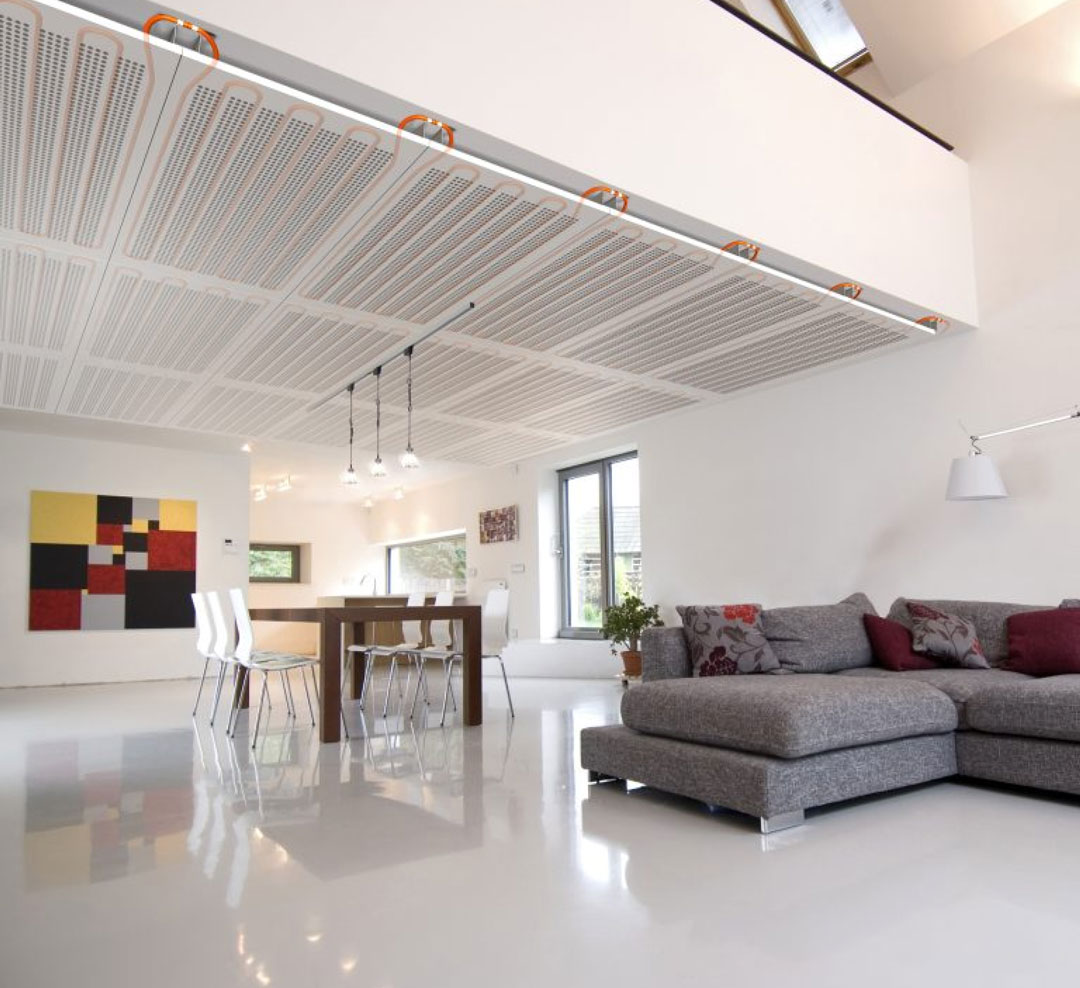
Ceiling heating/cooling systems are excellent for achieving the highest level of comfort in rooms while saving space, in a modern and energy-efficient manner.
The minimal air velocities in the room make this system exceptionally quiet and suitable for individuals sensitive to cold air circulation or noise. Another advantage is its remarkable inconspicuousness—it disappears into the ceiling or wall, preserving the aesthetics of the space.
Ceiling heating/cooling systems are applied in new constructions and specialized buildings (low-energy houses, tempering concrete cores).

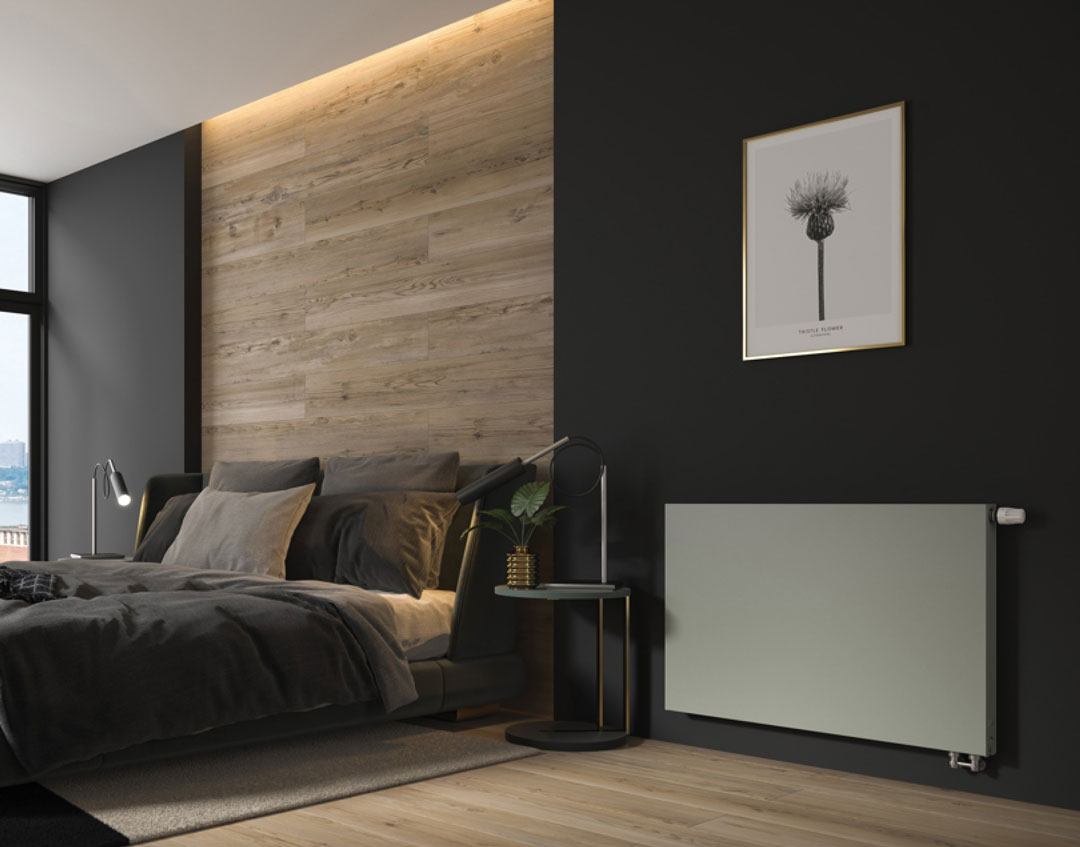
Sistemi radijatorskog grejanja u kombinaciji sa toplotnom pumpom koriste se najčešče kod objekata u rekonstrukciji i sve ređe u novogradnji. Zbog svoje konstrukcije , koriste se najviše u objektima gde nema potrebe za hlađenjem ili je hlađenje obezbeđeno nekim drugim sistemom.
Different materials from which they are made define their construction itself, so according to the material from which they are made, they are divided into aluminum, panel, steel and cast, while according to the construction,
divided into: article and panel radiators.
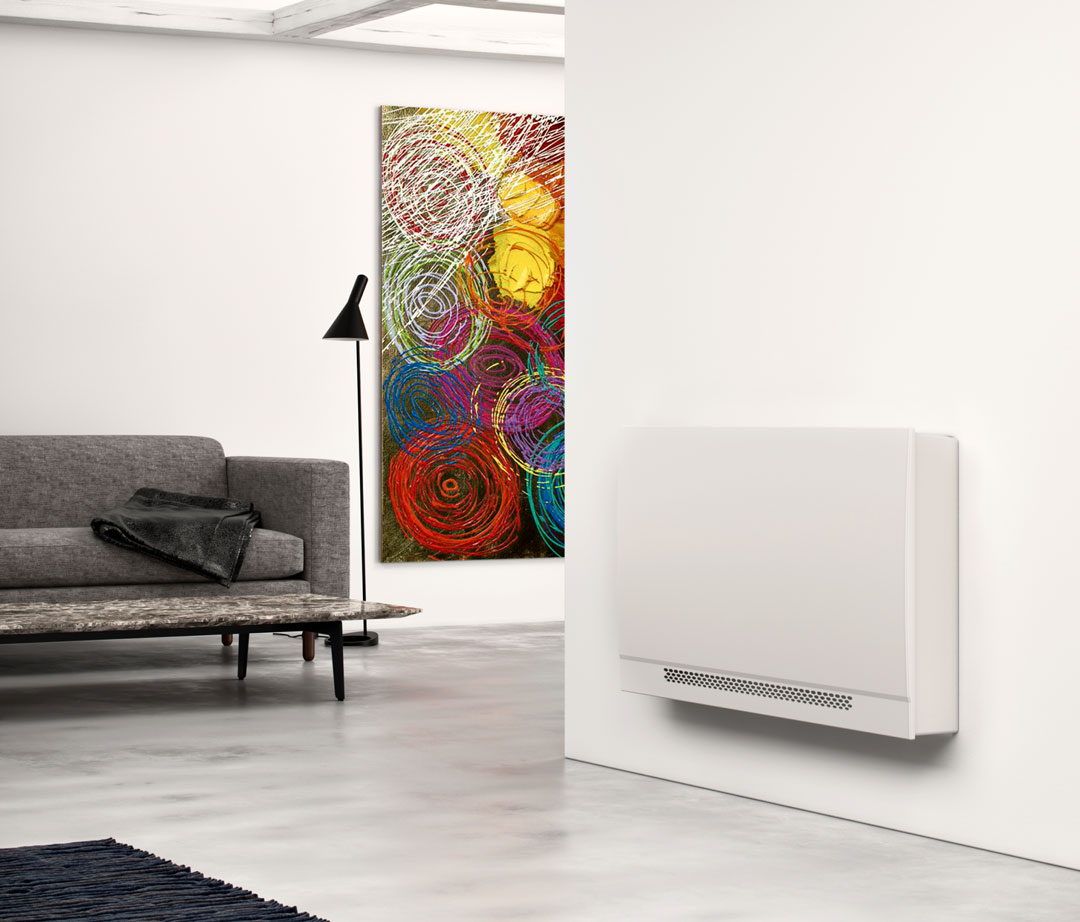
Fan Coil devices (fan convectors) are devices used for heating/cooling the rooms in which they are located. The field of application is large: from family households to complex business buildings, both in new construction and in the reconstruction of buildings.
The principle of operation of these devices is to use forced air circulation for heat exchange between the surrounding air and the heat exchanger, through which hot or cold water flows.
They are divided according to the place of installation as well as their construction, so we distinguish wall, parapet with and without mask, under-ceiling, cassette and hidden devices, while according to the construction we distinguish between devices with standard and "slim" exchanger sizes.

Specific Object - Specific Solution
With our professional and personalized service in installing systems tailored to your needs, you can rest assured of the reliability and durability of the installations. The Heating Partner team of professionals takes care of every step, from initial analysis to final implementation and maintenance, ensuring flawless operation of the heat pump systems.
Preparation of sanitary hot water (DHW)
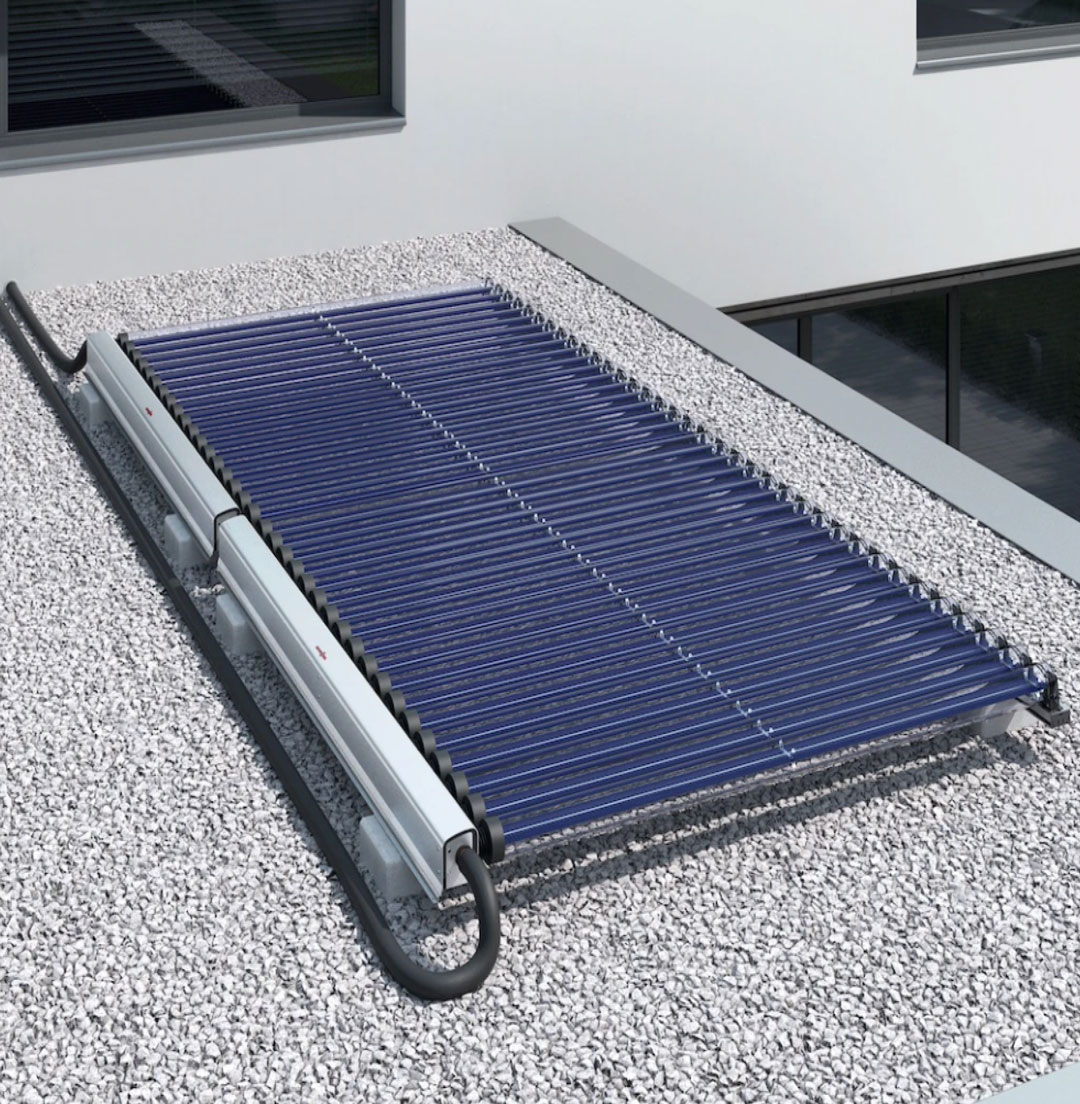
Solar hot water systems are efficient and environmentally friendly ways to prepare domestic hot water (DHW). These systems use solar energy to heat water for household or commercial use. The main components of a solar hot water system include solar collectors that absorb solar energy, a thermal storage tank to store the heat, and a distribution system for hot water within the building. When sunlight hits the solar collector, heat is transferred to the circulating water, heating it. This warm water is then stored in the thermal storage tank and used for showering, laundry, or other hot water needs in the household. Solar hot water systems are economical, and sustainable, and can significantly reduce energy consumption from conventional sources.
The low cost and availability of photovoltaic collectors raise questions about the justification for using solar hot water systems, especially in buildings with low hot water consumption, so it is necessary to do detailed cost-effectiveness calculations before investing.

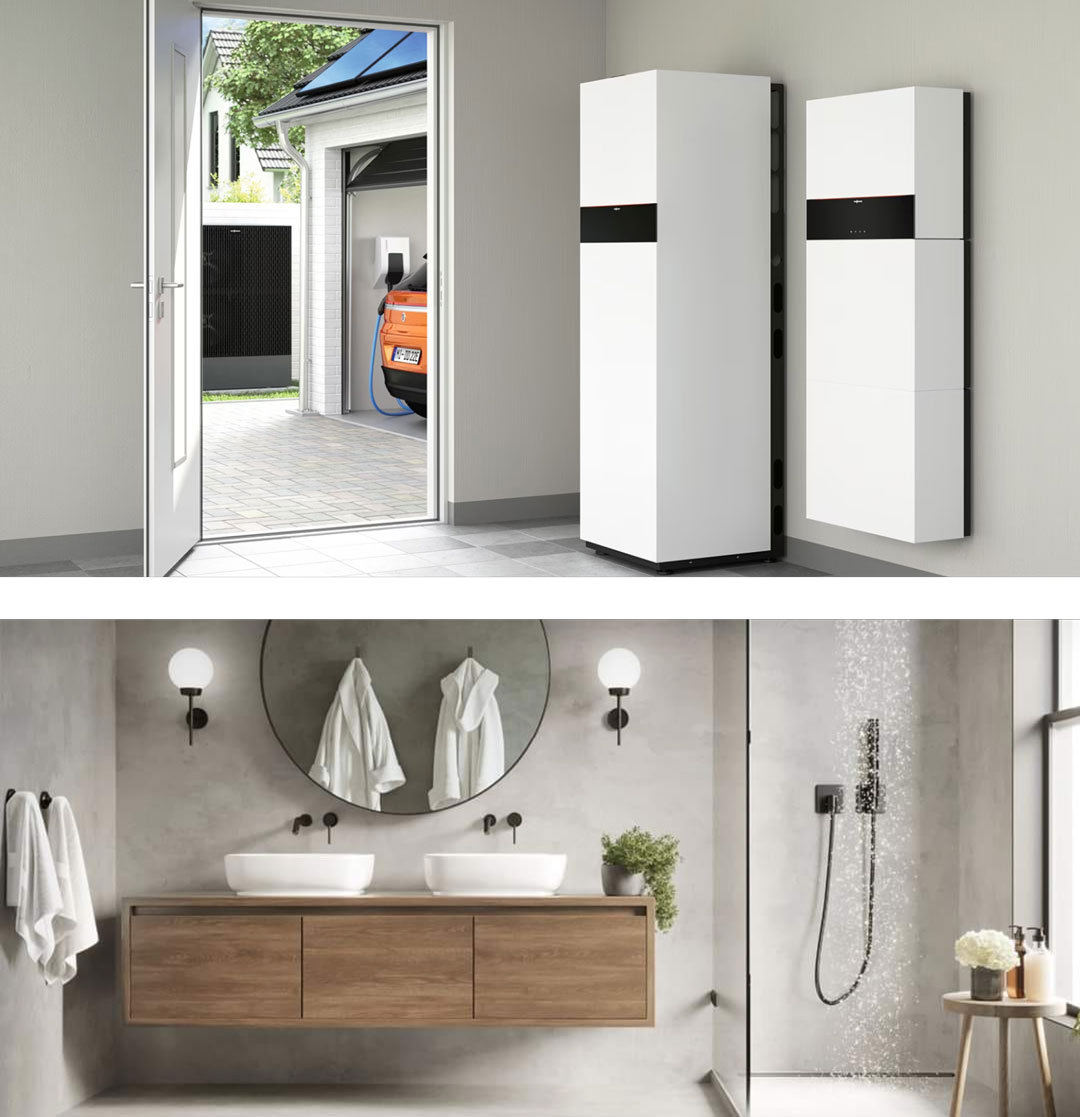
Preparing domestic hot water (DHW) with the heat pumps is another efficient way to produce hot water in households or commercial buildings. These systems use the principle of extracting heat from the environment, usually from the air, to efficiently heat water with minimal electricity consumption. When used for DHW preparation, the heat pumps can be part of a central heating system or operate independently, depending on user needs.
These systems provide a constant supply of hot water throughout the year, regardless of external temperatures or weather conditions. Since DHW preparation is an important aspect of household energy consumption alongside heating needs, using the heat pumps for DHW preparation can significantly reduce the water heating costs and contribute to household sustainability.
A major advantage of these devices is that they can be installed on a building independently of any heating system and at any time, provided that the plumbing system allows it.
